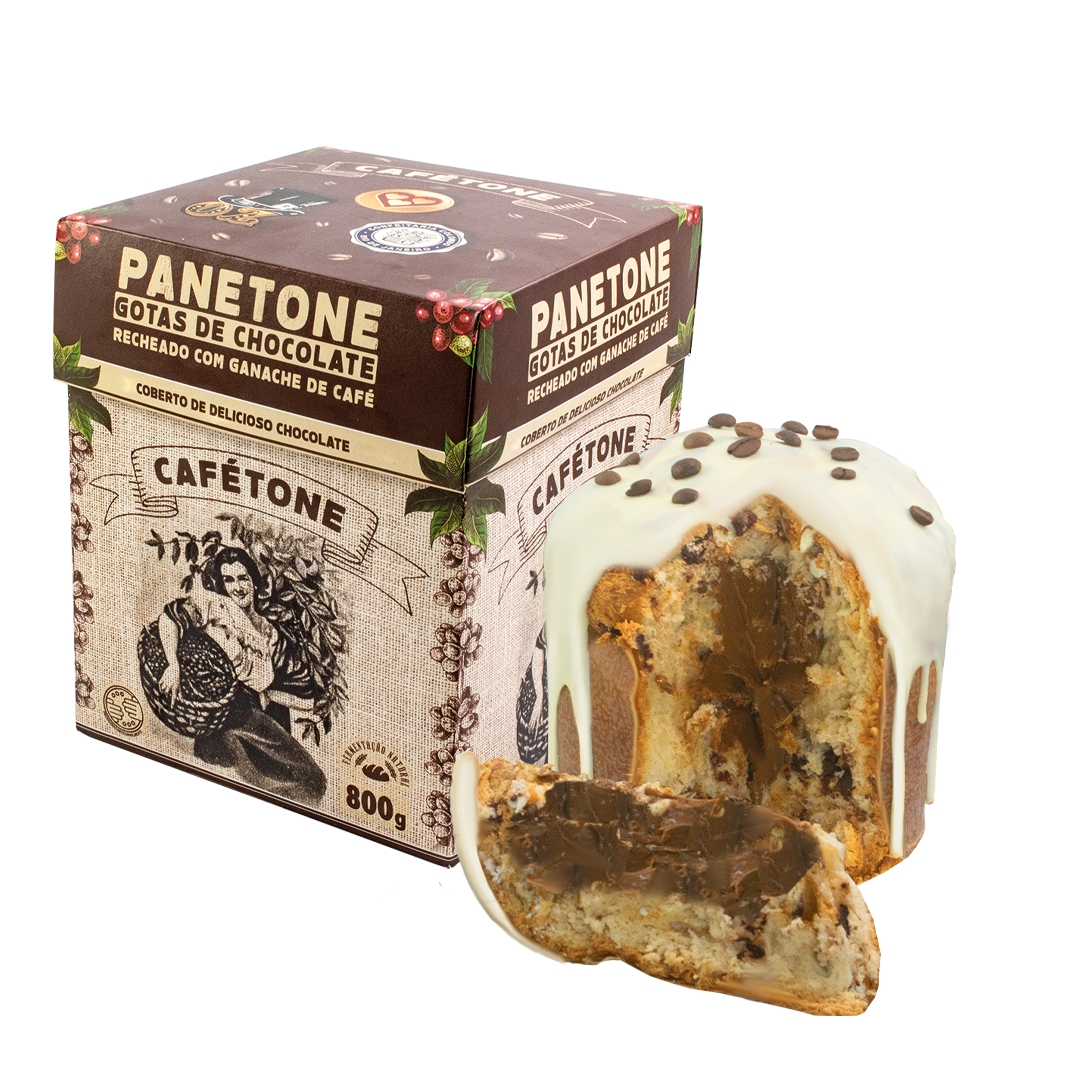The high temperatures of summer can be quite uncomfortable for domestic animals, since, unlike humans, dogs and cats do not have many sweat glands. Most of them are located on the cushions, the “cushions” of the paws, which ends up making it difficult for the animals to thermoregulate, which is the control of body temperature.
Because of this, pets need numerous special care so that they do not suffer from the heat. The coordinator of the Veterinary Medicine course at Universidade Positivo (UP), Thais Costa Casagrande, highlights five very important steps to care your pets during the hottest season of the year.
- ambient temperature
The coordinator explains that the temperature of the environment in which the pet is is essential to help it control the heat in its body. “When the animal is in a hot environment, its body temperature increases and makes thermoregulation difficult, so it needs to be in cooler environments so that there is no suffering”, he points out. According to Thais, even though the body temperature of domestic animals is slightly higher than ours, the ideal environment for them is around 20 to 25 degrees Celsius.
- Tour times and locations
According to Thais, you should avoid walking with pets on hot days between 10 am and 3 pm, as well as avoiding walking on paved areas. “The issue is that dogs breathe closer to asphalt and pavements and, with them hot, it can cause an increase in body temperature. The ideal is to carry out the walks in the early morning or late afternoon, which is also important to avoid the risk of skin cancer in animals. If the walk is necessary at these times of high temperatures, spaces with grass should be prioritized to avoid burns on the paws”, he warns.
- hydration
Just like humans, pets always need to be well hydrated, especially in the heat. “It is important to always have fresh and cold water available for the animals, placing pots in several places in the place and changing it frequently, as they lose a lot of water when they have a high body temperature”, he advises.
- travel safety
Thais points out that, so that they do not get stressed during a trip, the animals must be transported safely and comfortably. “Pets have to be carried in the transport box or use their own seat belt. Under no circumstances should they go loose in the car. They also need to have all the vaccines and dewormers up to date, as they are going to an unknown place. In addition, it is recommended that they have a light diet so that they do not get sick in the car and, like us, they also need bathroom breaks and ‘stretch their legs’ during the trip”, he justifies. The specialist also emphasizes the importance of scheduling an appointment with a veterinarian to ensure the safety of pets at some critical points. “For more agitated animals, it is important that correct medications are prescribed to calm them during transport. In addition, depending on the destination of the trip, there are some requirements related to animal transport guides, and there is also a concern about, for example, taking the specific vaccine before going to an endemic region of leishmaniasis, or taking the medicine for the worms of the heart before going to the beach”, he points out.
- Watch out for signs
When pets are suffering from the heat, they give some signs that should be noticed by their tutors, as the veterinarian points out. “The animal that is very hot is very restless, because it is always looking for a cooler environment. Also, when they lie on their stomachs on the floor or on their side on a colder floor, it’s because they’re trying to cool off. Another sign is that your respiratory rate increases a lot, as well as salivation. If the pet’s oral mucous membranes are brick-colored, very red, it is also a sign of high body temperature , he points out.
The specialist lists other important tips on animal thermoregulation. Longer-haired dogs should be shorn in the summer to help them control their body temperature, and owners of brachycephalic dogs – with a shortened muzzle – should pay even more attention to all the care mentioned, as they have even more difficulty perform thermoregulation.
About the Positive University
Universidade Positivo is a reference in Higher Education among HEIs in the State of Paraná and is a nationally recognized brand. With modern classrooms, state-of-the-art laboratories and more than 400,000 square meters of green area on the main campus, Universidade Positivo is recognized for its educational experience spanning more than three decades. The Institution has three units in Curitiba (PR), one in Londrina (PR), one in Ponta Grossa (PR) and more than 70 distance learning centers in Brazil. Currently, it offers more than 60 undergraduate courses, hundreds of specialization and MBA programs, six master’s and doctoral programs, as well as continuing education courses, extension programs and international partnerships for exchanges, courses and visits. In addition, it has seven clinics providing free service to the community, totaling around 3,500 square meters. In 2019, Universidade Positivo was ranked among the top 100 institutions in the UI GreenMetric world sustainability ranking. Since March 2020, he has been part of the Cruzeiro do Sul Educacional Group. up.edu.br/



